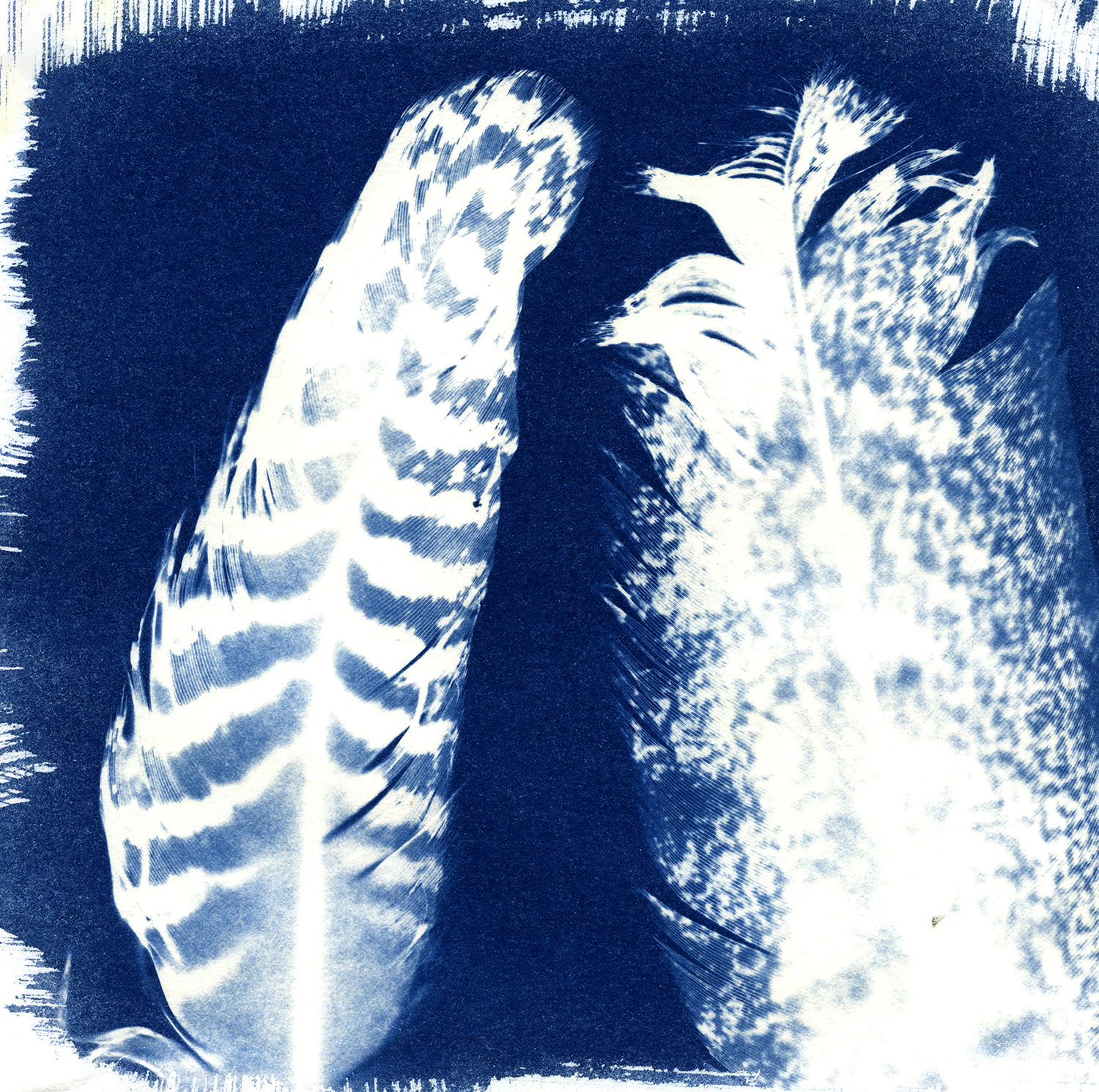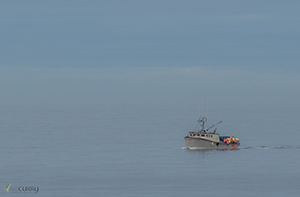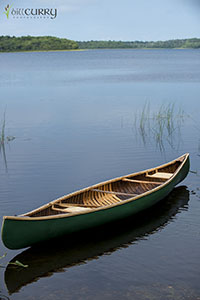
Feathers in Cyanotype
Cyanotype
This week – a look back to the early 1800’s and the very beginning of photography. The image above is a Cyanographic image of two feathers that we made in a workshop I was at this week, put on by the Yarmouth Print Shop and the Yarmouth Art Society. Fellow artist Cecil Day said she thought I’d enjoy it, and invited me to attend, and boy was she correct. The workshop was led by artist Bonnie Baker who taught us how to use the cyanotype process to produce cyanographs.
The cyanotype process, and hence a very early use of photography, was invented by by John Herschel (1792 – 1871) in 1842. Sir John was an astronomer, trying to find a way of copying his notes. Herschel managed to fix pictures using the light sensitive bath as early as 1839. In the early days the paper was coated with iron salts and then used in contact printing. The paper was then washed in water and resulted in a white image on a deep blue background – hence the term blueprint. Apart from the cyanotype process, Herschel also gave us the words photography, negative, positive and snapshot. One of the first people to put the cyanotype process to use was Anna Atkins (1799-1871), who in October 1843 became the first person to produce and photographically illustrate a book using cyanotypes.
The process essentially involves making the light sensitive wash to paint on the paper, putting objects or negatives directly on the paper, exposing the whole thing to light and then developing the paper in a mix of water and vinegar and fixing with water and hydrogen peroxide. The result is a paper that shows blue where the light shines on it, and white where it is blocked by an object, drawing or negative contact.
We had great fun producing the cyanographs, and we all went home with half a dozen sheets of treated paper to experiment with on our own. I know I’ll be playing with this a lot as it is photography at its very root – drawing with light.
It will be fun to see what I can come up with using this traditional method of printing.
























